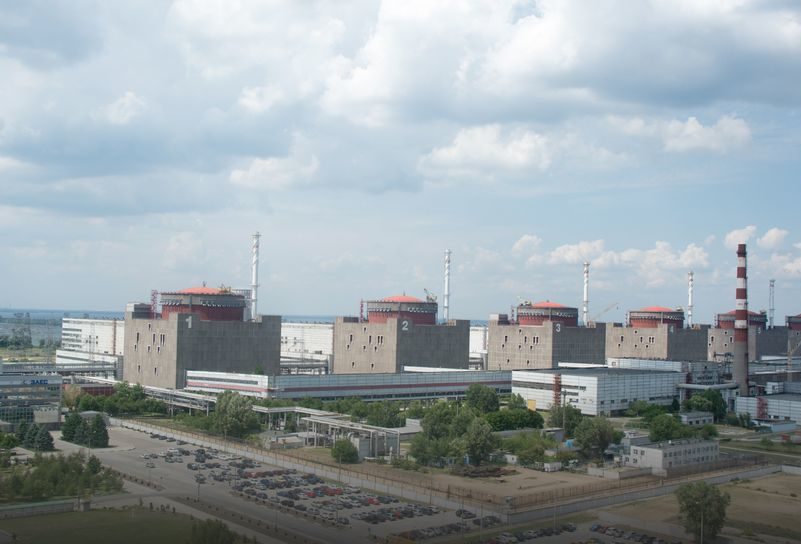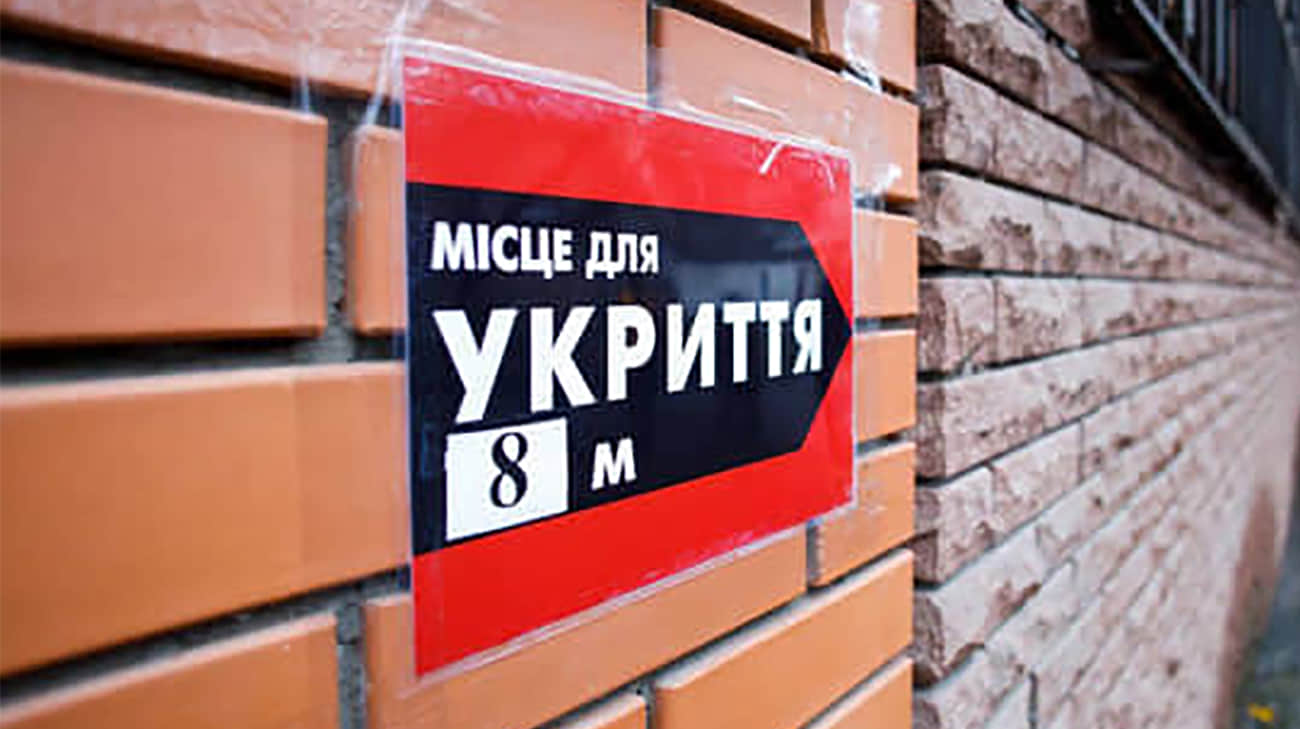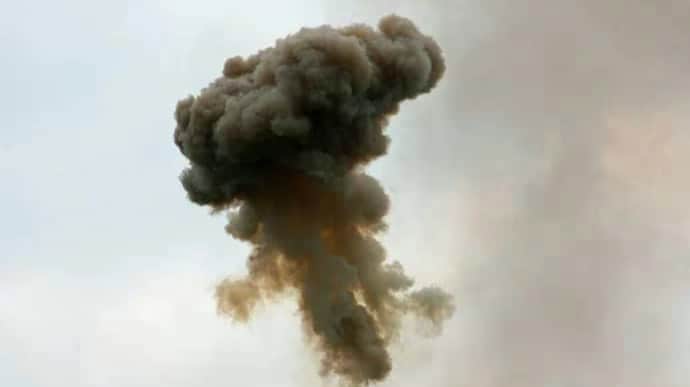Russian-occupied Zaporizhzhia nuclear plant’s reactors now in cold shutdown for increased safety
IAEA Director General Grossi says Ukraine's Russian-occupied Zaporizhzhya Nuclear Power Plant reactors have been placed in cold shutdown to enhance safety amid the ongoing Russo-Ukrainian war.


On 13 April, the International Atomic Energy Agency (IAEA) Director General, Rafael Mariano Grossi, announced that all six reactors at Ukraine’s Zaporizhzhia Nuclear Power Plant (ZNPP) have achieved cold shutdown status for the first time since late 2022. This critical development is aimed at enhancing the safety of Europe’s largest nuclear facility amidst the ongoing Russo-Ukrainian war.
Back on 3 March 2022, during heavy combat, a fire broke out near the Zaporizhzhia plant amidst Russian shelling, damaging surrounding areas without affecting reactor safety; Russian troops seized the plant on 4 March, and by 12 March, Russian occupation authorities falsely claimed it belonged to Rosatom, though it remained operated by Ukrainian staff under Russian control.
According to Grossi, the transition to cold shutdown, which began with unit 4 and was completed by 7:30 a.m. on 13 April, follows the plant’s operational safety plans, which the IAEA previously reported.
Cold shutdown is a state in which a nuclear reactor is at its lowest level of operation, significantly reducing the risk of accidents by minimizing the reactor’s heat output. This operational state also lessens the need for cooling water, a crucial factor, especially after the destruction of the downstream Kakhovka HPP dam by the Russians in mid-2023, which had drained the Kakhovka reservoir and complicated water management at the nuclear plant.
“The decision to have all six units in cold shutdown is positive in itself, as the cooling down of the reactor provides an additional buffer in case of an accident. But it doesn’t address the fundamental issue of a recent sharp deterioration of the situation at the plant. Without a doubt, nuclear safety and security at this major nuclear facility remains very precarious,” Director General Grossi said.
On the morning of 14 April, IAEA experts stationed at the site heard sixteen rounds of outgoing artillery fire in less than half an hour, some nearby and others clearly audible from a distance, IAEA said in the report.
Read also:
- Russia staged attack on Zaporizhzhia nuclear power plant – Ukraine intel
- CNN: US “rigorously” prepared for Russian nuclear attack
- Ukraine plans construction of four new nuclear reactors to replace lost capacity
- Reuters: Ukraine to start building four nuclear reactors in 2024
- What if Russia nukes Ukraine? Military strategist Lawrence


